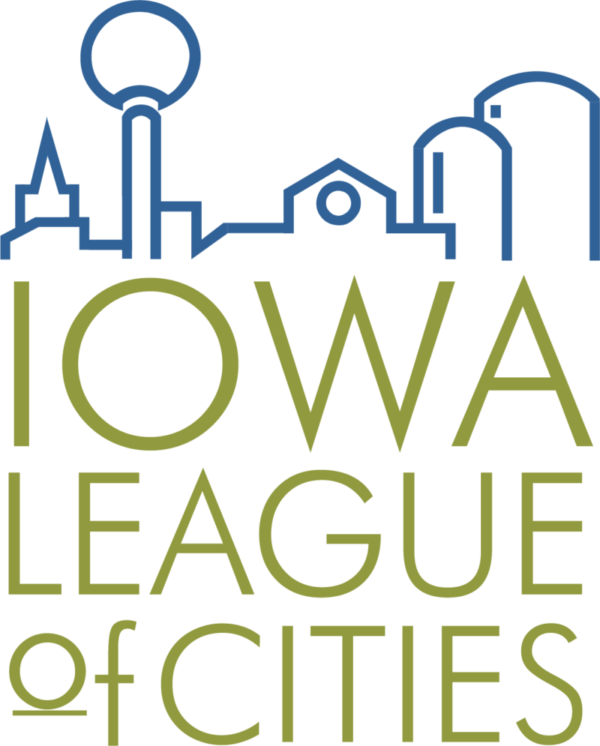Annexation can serve as a significant development tool for cities, both economically and physically. Cities are allowed to annex territory for several reasons, including to control current or anticipated development outside the present city limits, providing municipal services to property owners outside current city limits, recovering the cost of providing some municipal services to people living outside city limits, and providing an area for expansion when usable land within the city becomes scarce. When considering a course of annexation, cities must be aware of the correct procedures to follow and the possible impacts of annexation. A key component to a successful annexation is working closely with affected property owners as well as the city attorney from the beginning of the project.
Types of Annexation
Annexation is the legal process for expanding a city’s municipal boundaries as outlined in Chapter 368 of the Code of Iowa. All forms of annexation, except voluntary annexations outside an urbanized area, must be approved by the City Development Board, which was created in 1972 to ensure uniformity in city development and expansion. This five-member board regulates the entire annexation process and assists cities from their initial expansion ideas through the finalization of annexation. A community’s first step upon considering annexation needs to be contacting or visiting the Web site of the City Development Board, where they can find annexation updates, meeting schedules, legislative impacts or general information on annexation.
There are two types of annexation: voluntary and involuntary. From there, annexations can be broken into four different sub-categories:
- Voluntary Annexation Outside an Urbanized Area
This is the easiest form of annexation. Affected property owners will initiate annexation by applying to the city council. The application will include a date, signature and map showing the proposed annexed territory in relation to city limits. The city council sends via certified mail a copy of the application for voluntary annexation to the board of supervisors of each county containing a portion of annexed territory at least 14 business days prior to any city council actions. The council can then approve the property to be annexed by resolution. Upon approval, the city clerk will file a copy of the resolution, map and legal description of the land to the Iowa Department of Transportation, the county recorder and the Secretary of State. The process is completed once the Secretary of State has filed the map and resolution.
In some instances a property owner will not be able to annex his or her property to a city unless other properties are also annexed in order to avoid the creation of an “island” of land surrounded by the city or when to make the property contiguous with the city. Up to 20 percent of the land within a voluntary annexation may be included without the owners’ consent for such reasons. Such annexations are commonly referred to as “80/20” annexations. If more than 20 percent of land proposed to be annexed is included without the owners’ consent, the annexation proposal is ineligible for a voluntary annexation.
- Voluntary Within an Urbanized Area
Property proposed for annexation is considered to be in an urbanized area if it is located within two miles of another city. Because the two neighboring communities may want the same piece of property for economic or other reasons, the City Development Board often steps in to mediate between the two communities. The process still requires filing an application. In addition, the city council annexing the property must notify city councils whose boundaries adjoin the proposed property, the city councils of each city within two miles of the property, the impacted county board of supervisors, and the regional planning authority. From here the city council must obtain approval from the City Development Board, which will follow its own set of procedures, including a meeting where it reviews the application map, resolution, legal descriptions, and hears arguments for and against annexation. Approval will be determined following this meeting. - Involuntary
This form involves opposition to the annexation by one or more of the owners of the property proposed to be annexed. There are six separate parties who can call for an involuntary annexation: the city council, the county board of supervisors, the regional planning authority, 5 percent or more of the city’s electors, 5 percent or more of the electors in the proposed area, or the City Development Board. Involuntary annexation requires the most amount of cooperation with the City Development Board and has a very specific step-by-step process which must be followed to ensure proper annexation. For more information, please visit the Involuntary Annexation resource page. - Island Annexation
The City Development Board cannot approve any annexation which creates an “island.” Simply stated, all of a community’s territory must be connected. A city cannot annex property that would not connect with any part of current city limits.
Land Disputes
Code of Iowa Section 368.4 gives cities the opportunity to enter into annexation moratoriums for up to 10 years where all cities involved agree not to attempt annexation. This is usually agreed upon by two communities who then create a dividing line, splitting the desired territory. The moratorium is a way for both communities to build infrastructure in the area and share in its economic prosperity. It also helps in avoiding one community from employing a massive preemptive annexation in attempts to ensure their hold on the territory, possibly causing an overextension of infrastructure capabilities along with animosity between the impacted areas. Communities interested in establishing a moratorium can contact the City Development Board for further information and instructions.






